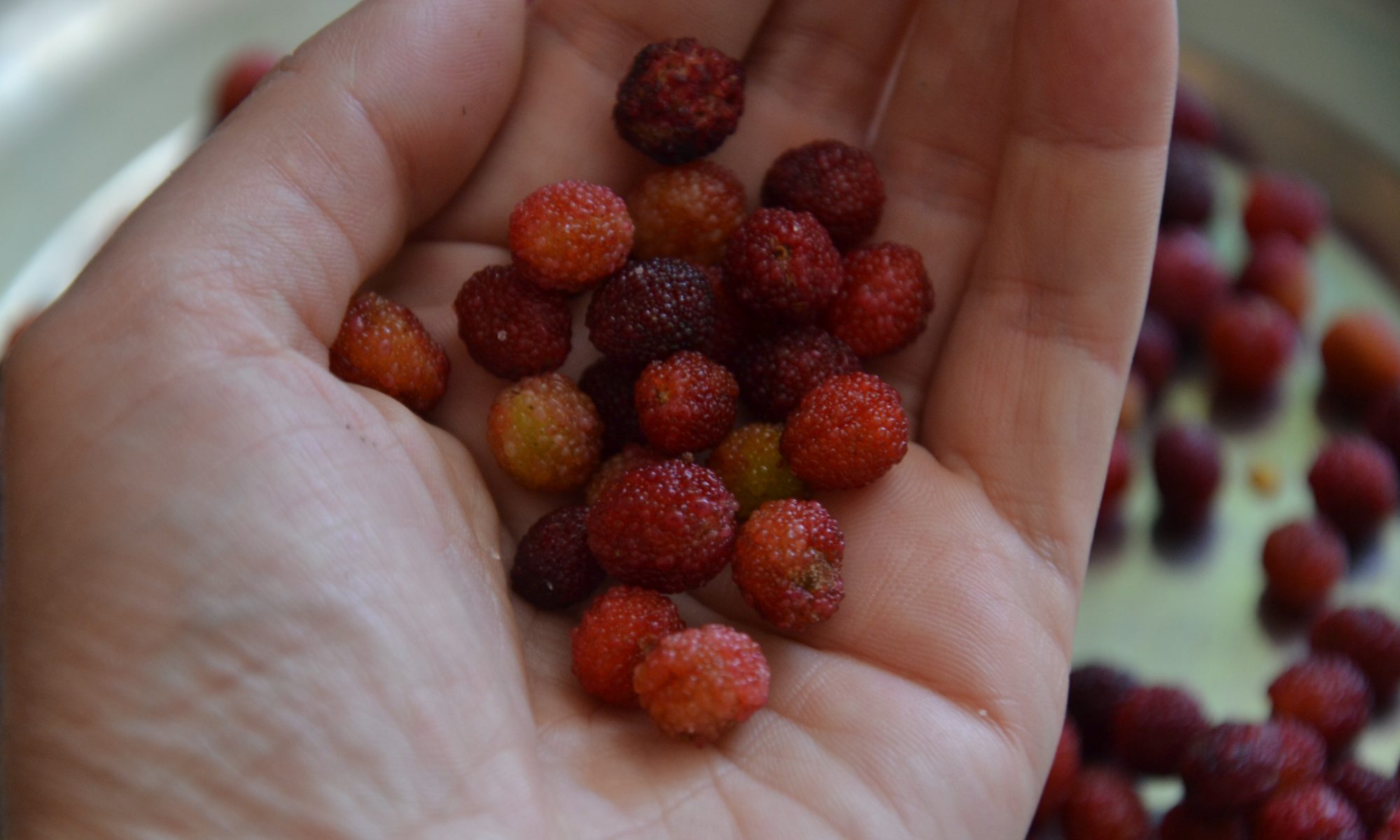Look at this article in other language
The Structural Similarity Index (SSIM) is really a perceptual metric that quantifies the image quality degradation this is certainly brought on by processing such as for example information compression or by losings in information transmission. This metric is simply a complete reference that needs 2 images from the exact same shot, this implies 2 graphically identical pictures to your eye that is human. The 2nd image generally is compressed or has a unique quality, which will be the aim of this index. SSIM is normally found in the movie industry, but has also a strong application in photography. SIM really steps the difference that is perceptual two similar images. It cannot judge which of this two is way better: that must definitely be inferred from once you understand that is the initial one and that has been subjected to additional processing such as for instance compression or filters.
In this essay, we will explain to you how exactly to calculate accurately this index between 2 pictures making use of Python.
Demands
To check out this guide you will require:
- Python informative essay writing 3
- PIP 3
That being said, let’s get going !
1. Install Python dependencies
Before applying the logic, you need to install some crucial tools that is likely to be utilized by the logic. This tools are set up through PIP with all the command that is following
These tools are:
- scikitimage: scikit-image is an accumulation of algorithms for image processing.
- opencv: OpenCV is a library that is highly optimized give attention to real-time applications.
- imutils: a number of convenience functions to help make basic image processing functions such as for instance interpretation, rotation, resizing, skeletonization, showing Matplotlib images, sorting contours, detecting edges, and more easier with OpenCV and both Python 2.7 and Python 3.
This guide shall focus on any platform where Python works (Ubuntu/Windows/Mac).
2. Write script
The logic to compare the pictures would be the after one. Utilizing the compare_ssim way of the measure module of Skimage. This process computes the mean structural similarity index between two pictures. It gets as arguments:
X, Y: ndarray
Images of Any dimensionality.
win_size: int or None
The side-length of this sliding screen found in comparison. Needs to be a value that is odd. If gaussian_weights holds true, this will be ignored as well as the screen size shall rely on sigma.
gradientbool, optional
If real, additionally get back the gradient with respect to Y.
data_rangefloat, optional
The info array of the input image (distance between minimal and maximum feasible values). By standard, this will be believed through the image data-type.
multichannelbool, optional
If real, treat the last measurement of this array as networks. Similarity calculations are done individually for every channel then averaged.
gaussian_weightsbool, optional
If real, each area has its mean and variance spatially weighted by way of a normalized gaussian kernel of width sigma=1.5.
fullbool, optional
If real, additionally get back the entire structural similarity image.
mssimfloat
The mean structural similarity over the image.
gradndarray
The gradient associated with structural similarity index between X and Y [2]. This will be only came back if gradient is defined to real.
Sndarray
The complete SSIM image. That is just came back if complete is placed to real.
As first, we’re going to browse the pictures with CV through the supplied arguments therefore we’ll use a black colored and white filter (grayscale) and we also’ll apply the mentioned logic to those pictures. Create the script that is following script.py and paste the logic that is following the file:
This script will be based upon the rule posted by @mostafaGwely with this repository at Github. The rule follows precisely the logic that is same in the repository, nonetheless it eliminates a mistake of printing the Thresh of the pictures. The production of operating the script aided by the images using the following command:
Will create the following production (the command when you look at the photo makes use of the brief argument description -f as –first and -s as –second ):
The algorithm will print a sequence particularly „SSIM: $value“, you could change it out while you want. The value of SSIM should be obviously 1.0 if you compare 2 exact images.
